Leveraging AI to Prevent Poaching
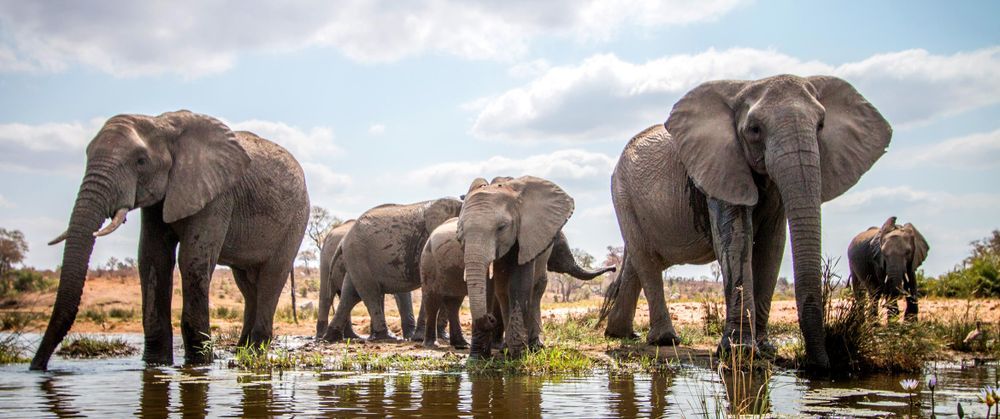
Highlighting the fate of endangered species, this special feature provides important insights into poaching as a driver of the sixth mass extinction and how AI is supporting anti-poaching operations.
Introduction
Approximately 500 species of terrestrial vertebrates have disappeared from our planet, heightening the fear that more than 40,000 red-listed species are on the verge of extinction in the 21st century. From the Ordovician-Silurian, Late Devonian, Permian-Triassic, Triassic-Jurassic, to the Cretaceous-Paleogene extinction events, the world has outlived five mass extinctions of species and is presently battling a sixth that is fast wiping out unprotected kinds.

Recent statistics show that 2 to 20 species become extinct daily and 200 to 2000 annually. More than 7,000 animals are critically endangered, risking extinction 1000 to 10,000 times faster than the normal rate. And at 3 extinctions per year, the susceptibility of plant species is 500 times higher than the background rate. Major drivers of the current mass extinction are anthropogenic activities, which have decimated over 65% of wildlife in the last 52 years. One such activity is poaching.
Poaching
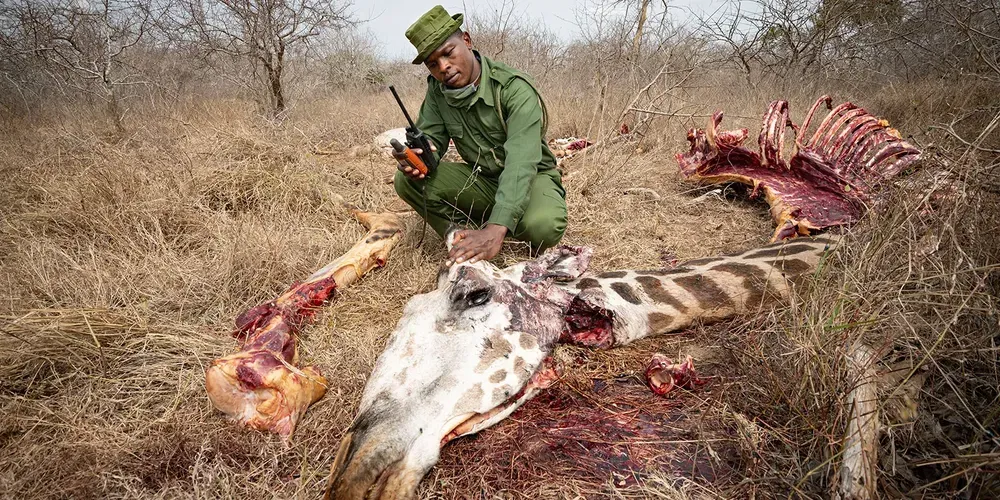
Poaching involves the illegal hunting, capturing, and killing of wildlife. People poach for commercial, consumption, cultural, or medicinal reasons. Open and protected conservation forests are prime targets for poaching. The pangolin is the most poached mammal in the world. Some other species being poached to extinction are elephants, lions, rhinos, sea turtles, tigers, and Grevy's zebras. These animals are poached mostly for their high-priced body parts, namely bones, claws, meat, pelts/skin, scales, teeth, tusks or ivory.

Body parts of the endangered species and uses
Pangolin
Pangolins are poached for their meat, scales, and skin. The scales serve users as traditional medicines for rheumatism and spiritual issues. The skin is a raw material for boots/shoes, bags, and belts.

Elephant
Elephant poaching for ivory is common. The ivory can be shaped into jewelry such as bangles and bead necklaces, and utensils to name a few.

Tiger
Tigers are poached for their skin, teeth, and claws. The skin is used to make bags and coats. A myth claims that the teeth and claws can heal arthritis and back pain.

Lion
Lions are poached for their teeth, claws, and bones. The parts are used in place of tiger body parts for production and medicinal purposes.

Rhino
Rhinos are primarily poached for their horns. Some people believe that the rhino horn can cure arthritis, asthma, cancer, and impotence.
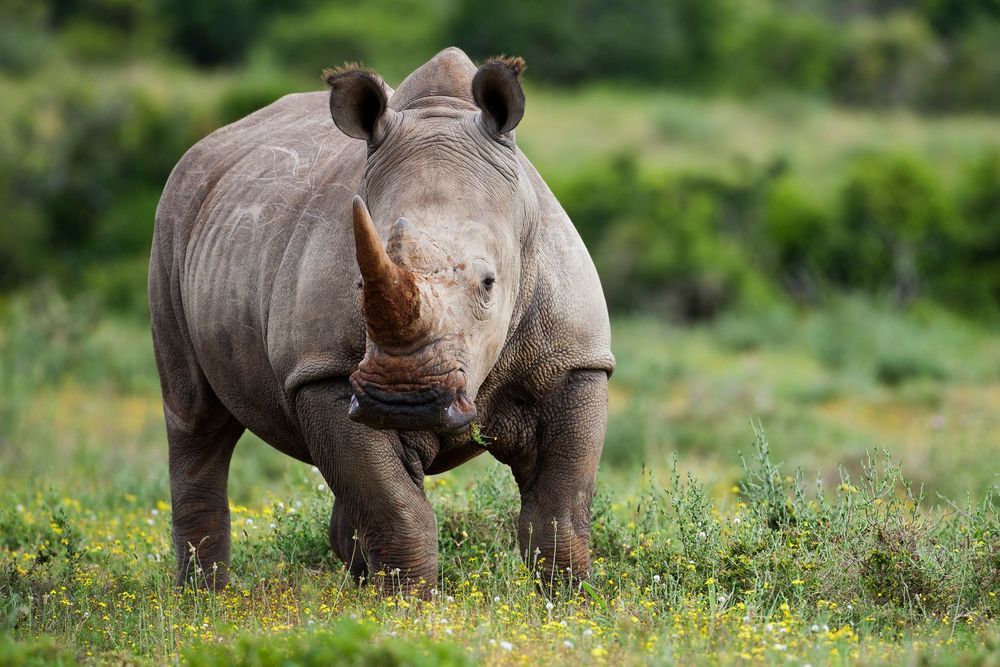
Sea turtle
Sea turtles are poached for their eggs, meat, skin, and shells. The eggs serve as food and/or an aphrodisiac. The meat is used to prepare turtle soup, and the skin and shells are raw materials for clothes.

Zebra
A zebra cannot be skinned alive. So, for those who want its skin for consumption or medicinal purposes, zebra poaching is the way.
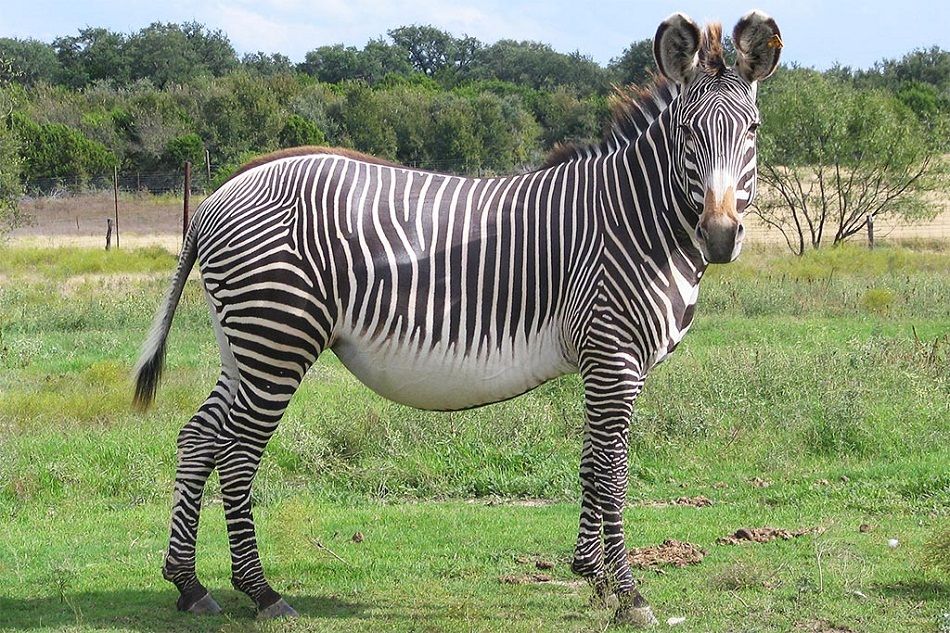
Poaching facts
Poaching has impacted devastatingly on endangered species overtime. More than 1 million pangolins have been lost in a decade and elephant numbers estimated at 10 million in the 1930s have declined by an astounding 95%. Nearly 90% of the lion population, well over 500,000 at the turn of the 20th century, is gone.

Tens of thousands of sea turtles perish annually. In 2010, only a sparse 3% of over 100,000 tigers that once existed were alive. Ever since then, global tiger recovery efforts are being geared towards salvaging the situation as their population remains below 5% of its historic range.
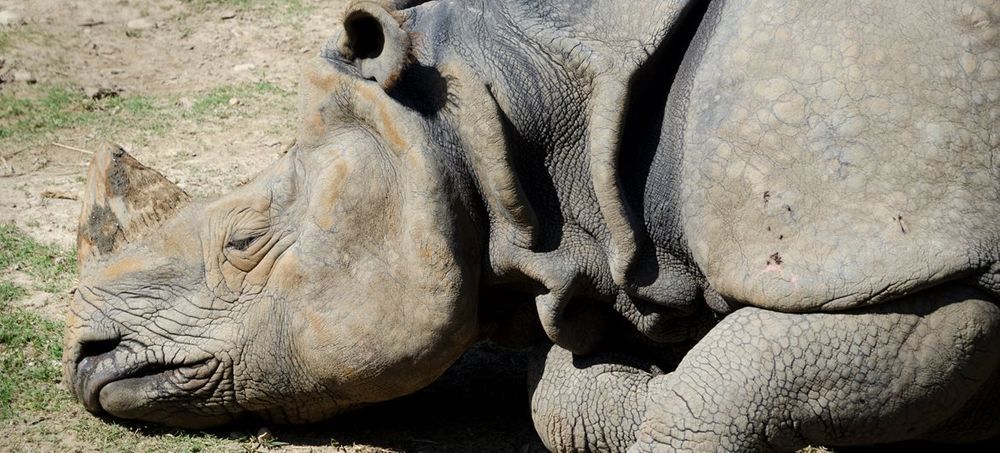
Grevy's zebra numbers have dwindled from 5,800 to roughly 2000 in 3 decades. And the rhino population has decreased from about 500,000 to a staggering 27,000 in a century. Most existing rhinos are found in South Africa, a country hit hardest by poaching globally. The country's battle with a shocking 9000% increase in rhino poaching between 2007 and 2014 and a colossal loss of 451 rhinos in 2021 are two catastrophic proofs.
Countermeasures and further challenges

Popular control options such as the creation of protected areas, captive breeding and reintroduction, conservation legislation, and increasing public awareness are aimed at winning the war against poaching. African countries like Kenya and Tanzania have won considerably, majorly attributing their success to political commitment, anti-corruption mechanisms, enforcement of conservation laws, improved surveillance, penalization and prosecution of culprits. Applying the measures, wildlife poaching has dropped by 90% in Kenya in 6 years and by 70% in Tanzania in 4 years.
However, poaching persists in other affected countries like Brazil, Cameroun, Malaysia, Mexico, Thailand, Uganda, and has marginally lost its grip on India. The illegal wildlife trade is ranked the 4th largest illegal trade in the world and generates over £15 billion annually. Still, poaching threatens wildlife in protected areas despite its prohibition by law. Strikingly, 327 of the 451 rhinos poached in South Africa in 2021 were killed in national parks and government reserves, and the remaining 124 in private game reserves. The risk of death protecting wildlife from poaching powers the ugly situation. Rangers confront heavily armed and ruthless poachers globally, causing about 150 line-of-duty deaths annually.
AI intervention

As safety and prevention are principal determinants of effectual anti-poaching operations, AI innovations intervene to forestall human casualties and abort poaching in sufficient ways. The innovations provide data intelligence, track and detect poachers in real time. Some of them are the Protection Assistant for Wildlife Security (PAWS) and the Systematic POacher deTector (SPOT), both developed by the USC Center for Artificial Intelligence in Society, and YOLO Algorithm.
Protection Assistant for Wildlife Security (PAWS)
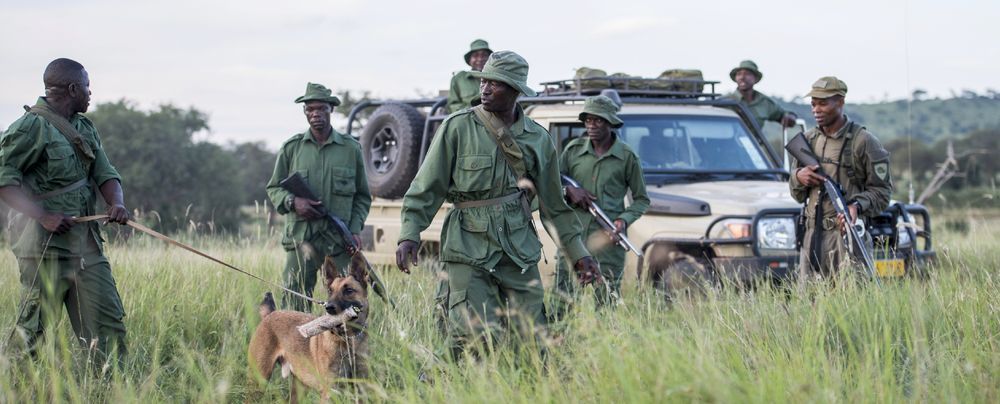
The Protection Assistant for Wildlife Security (PAWS) is an AI software that predicts the likely routes of poachers. PAWS is also supported by machine learning and the Spatial Monitoring and Reporting Tool (SMART). As a predictive, data intelligence software, PAWS works by obtaining data about past poaching activities and output routes of poachers to influence helpful predictions of where poaching is likely to occur. Thus, the data inform far-reaching decisions such as the shuffling of routes to prevent poachers from discovering patrol patterns, ensuring safe and efficient anti-poaching ground operations.
Systematic POacher DeTector (SPOT)

Conservationists use Unmanned Aerial Vehicles (UAVs) to track poachers and wildlife over vast areas. The conservation drones can instantly detect humans and animals using an AI-supported application, the Systematic POacher DeTector (SPOT). SPOT is a dynamic, modern computer vision approach that works through offline training and online detection to train and use a model, Faster R-CNN, to automatically detect poachers and animals in new frames from a live visual medium. By detecting targets in just over three-tenths of a second, the algorithm boosts detection rates to a near-real time level, assisting rangers to deter poaching adequately.
YOLO
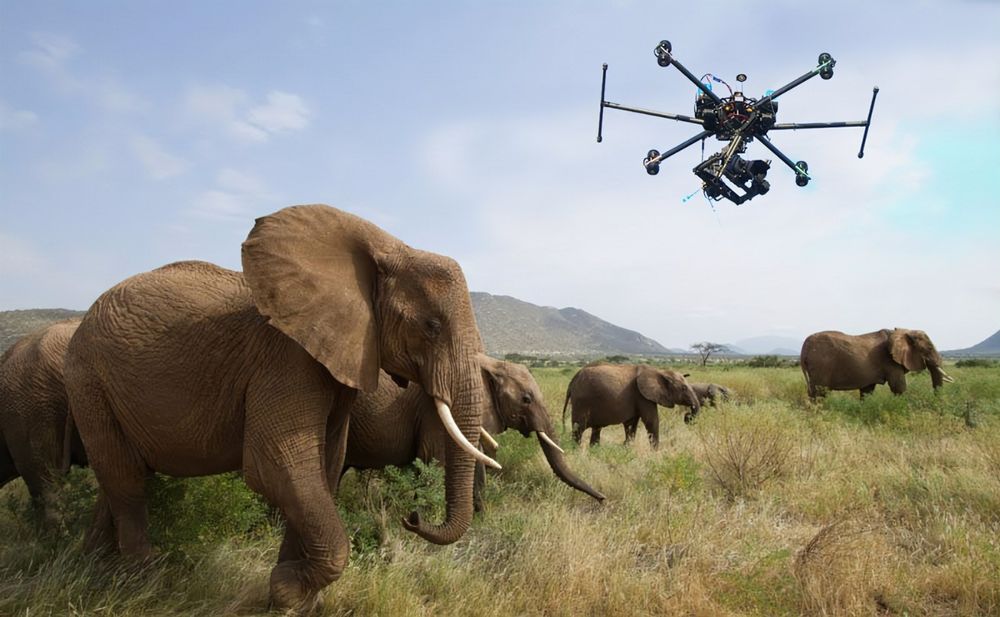
YOLO is a state-of-the-art poach detection algorithm that works like human perception as its full meaning "You Look Only Once" indicates. It is an object detection model that functions at a detection speed uniquely 1000 times faster than R-CNN and 100 times faster than Faster R-CNN. It accelerates the ability of conservation drones to detect poachers, animals, and even snares automatically. YOLO predicts a present object by looking up into an image in which it is featured and its location in the image, using detection and classification methods. The application of the YOLO V3 algorithm on multiple drone view videos of the African savanna successfully detects targets with 72.9% accuracy.
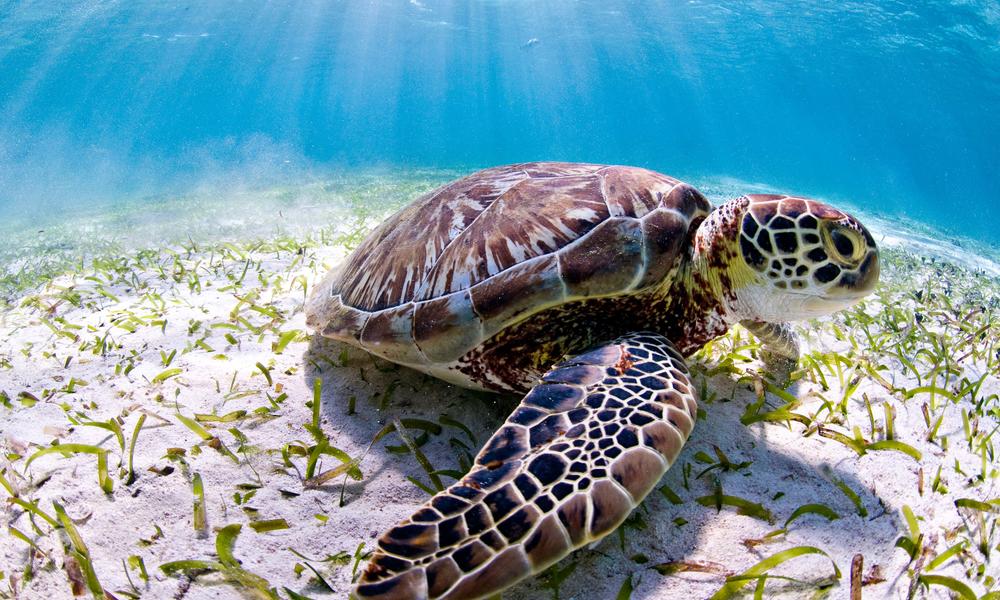
By averting poaching in the aforementioned ways, AI tools promote the preservation of wildlife that have agricultural, educational, recreational, and research values. By reinforcing anti-poaching engagements, AI fosters the replenishment of endangered species, thereby boosting ecological balance and the conservation of wildlife tourist attractions that make viable economic resources and create massive employment opportunities. Of course, global wildlife tourism generates $120 billion revenue and creates more than 20 million jobs annually. AI supports these achievements while safeguarding rangers' lives effectively.
Conclusion
Poaching is a human activity that actualizes the sixth mass extinction which is massively endangering and wasting valuable species. Extinction rates and poaching facts are scary. Poachers resist countermeasures and rangers savagely to sustain wildlife trafficking that accumulates to billions of dollars yearly, resulting in painful line-of-duty deaths. Hence, the intervention of AI innovations in the fight against poaching is warranted, as it provides information vital for rangers' safety and maximal efficiency. By facilitating satisfactory anti-poaching operations without fatal, physical confrontations, AI supports safe, exceptionally productive, and globally rewarding conservation efforts.
Author: Bukola Olafenwa
About the author
Email: bukola@deepquestai.com
Twitter: OlubukolaRuth
Medium: bukolaolafenwa.medium.com
Facebook: bukola.olafenwa
LinkedIn: Bukola Olafenwa

